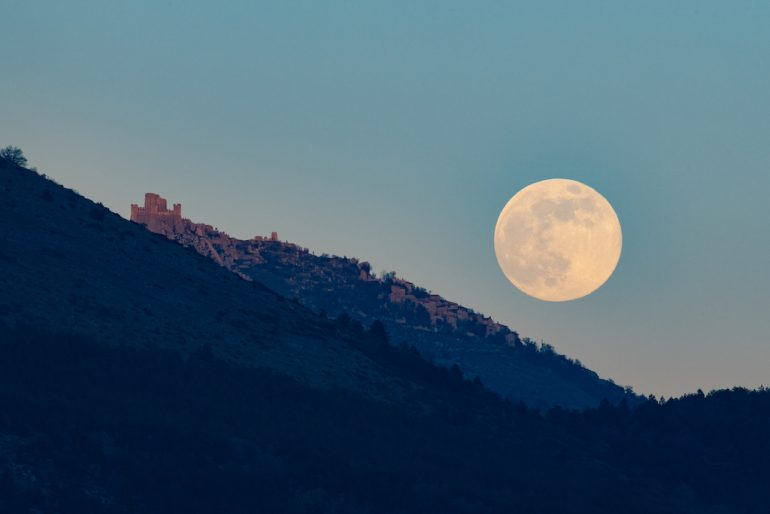
This new turn around the Sun starts with a night sky full of astronomical events. Like every year, in 2023 we can expect four Supermoons: the nights when the full moon will look a little bigger and brighter than the rest of the nights. But where does the term come from? And when exactly will these astronomical events occur?
What is a Supermoon?
The term supermoon dates back 40 years, when astronomer Richard Nolle first described this astronomical event. According to the specialist, it happens when "a full moon [...] is also within 90% of its closest point to Earth." That is, its perigee.
There are also two types of supermoons:
When will the 2023 Supermoons be?
Generally, according to the SeaSky observation platform, the moon is 384,472 kilometers away from Earth. On Supermoon nights, however, this distance is shortened. So our only natural satellite appears larger because it is physically closer to us (not because it has grown in size).
In 2023, these are the dates on which we can expect a Supermoon:
On these days, the moon will shine with an atypical intensity in the celestial vault. If the atmospheric conditions allow it, they can even be seen as Blood Moons. When this happens, the visible face is stained coppery, red, or even purple, like a large light blue bruise.
To be able to observe it, it is best to be in a clear place, without much light pollution. Congested cities are generally not the best settings, as buildings and public wiring tend to interfere with viewing. (National Geographic) (Photo: Getty Images)